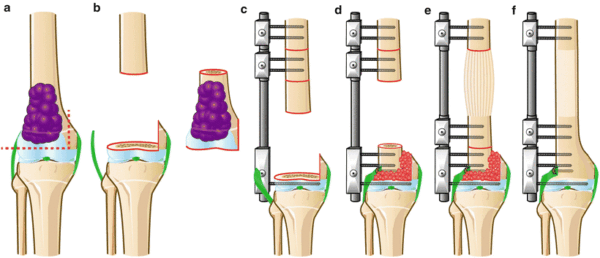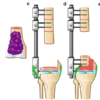

From: 100.00$
The Iran Health Clinic is a reputable medical center that specializes in providing advanced fat transfer treatment to its patients. With a team of experienced doctors who have been trained in the latest fat transfer techniques, the clinic is committed to delivering high-quality care that is tailored to meet the unique needs of each patient.
Using state-of-the-art technology and equipment, the clinic can perform fat transfer procedures that are safe, effective, and minimally invasive. Whether you are looking to restore volume to your face, increase the size of your breasts, or enhance your buttocks, the Iran Health Clinic can help you achieve your desired results.
With a warm and welcoming environment, the clinic strives to make every patient feel comfortable and relaxed throughout their entire treatment process. If you are looking for a trusted medical center for your fat transfer needs, then the Iran Health Clinic is the right choice for you.
Familiarity with Treatment:
Limb Salvage Surgery, or Limb-Sparing Surgery, is a procedure performed to remove a tumor or damaged portion of a limb while preserving as much of the limb’s function and structure as possible. It is typically performed as an alternative to amputation for individuals with bone or soft tissue tumors, severe trauma, or other conditions that threaten the viability of a limb.
Procedure:
Who Is It Suitable For?
Limb Salvage Surgery is suitable for individuals with:
Who Is It Not Suitable For?
Limb Salvage Surgery may not be suitable for individuals with:
Advantages:
Complications:
While Limb Salvage Surgery is generally considered safe, complications may include:
Preoperative Care:
Prior to undergoing Limb Salvage Surgery, patients may undergo various preoperative assessments, including:
Postoperative Care:
After Limb Salvage Surgery, patients may be instructed to:
Only logged in customers who have purchased this product may leave a review.
Familiarity with Treatment:
Limb Salvage Surgery, or Limb-Sparing Surgery, is a procedure performed to remove a tumor or damaged portion of a limb while preserving as much of the limb’s function and structure as possible. It is typically performed as an alternative to amputation for individuals with bone or soft tissue tumors, severe trauma, or other conditions that threaten the viability of a limb.
Procedure:
Who Is It Suitable For?
Limb Salvage Surgery is suitable for individuals with:
Who Is It Not Suitable For?
Limb Salvage Surgery may not be suitable for individuals with:
Advantages:
Complications:
While Limb Salvage Surgery is generally considered safe, complications may include:
Preoperative Care:
Prior to undergoing Limb Salvage Surgery, patients may undergo various preoperative assessments, including:
Postoperative Care:
After Limb Salvage Surgery, patients may be instructed to:
There are no reviews yet.
Only logged in customers who have purchased this product may leave a review.
Choosing the right hospital and physician are important factors to consider that significantly influence a patient’s treatment. The preferred choice for many patients is choosing private care.
Choosing the right hospital and physician are important factors to consider that significantly influence a patient’s treatment.
Reviews
There are no reviews yet.